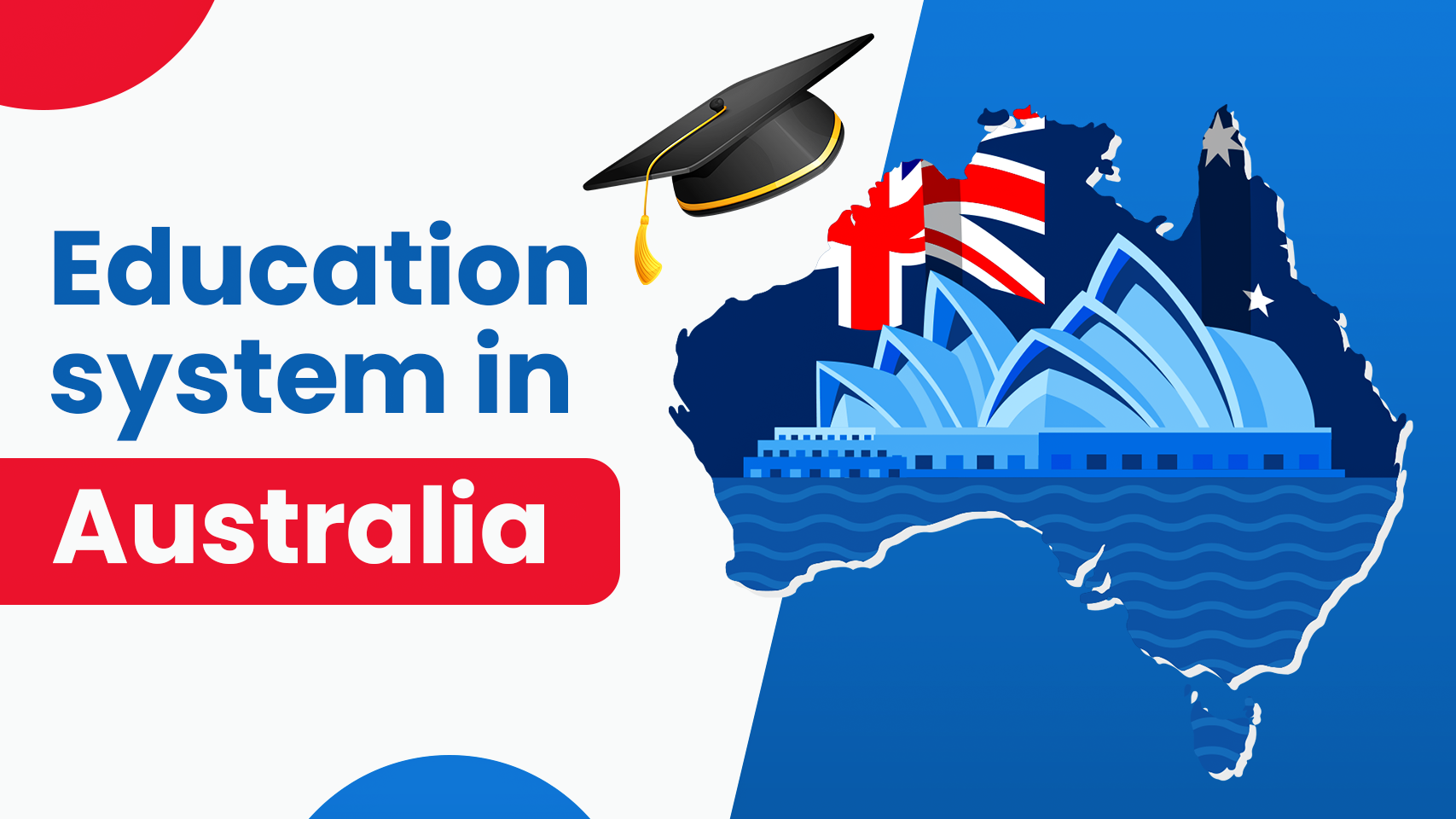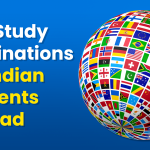What Makes Australia Unique?
Your future employment opportunities can be greatly improved by selecting Australia as your academic residence. The allure of the nation goes beyond its famous scenery and beaches; it also has a strong educational system and well-known institutions. Reputable rating organisations consistently place universities like Monash University, the University of Melbourne, the University of Queensland, the University of Sydney, and the University of New South Wales among the finest in the world. With both higher education and vocational training (VET), Australia's tertiary education system is notably diverse. Aspiring students have a wide range of possibilities to customize their path to achieving their goals thanks to the staggering 1,100 educational institutions that provide a wide range of courses. Australian degrees and certifications enjoy an outstanding image abroad because study curricula are consistently adjusted to meet market demands. In order to ensure that graduates are well-prepared for difficulties in the real world, industry professionals play a crucial role in creating these programs. With over 700,000 international students, Australia is a study hub, which adds to the country's attraction. This astounding number enhances its standing as a top location for education. Seven cities, including Melbourne, Sydney, Brisbane, Canberra, Adelaide, Perth, and Gold Coast, have been named among the top cities in the world for studying by the QS ranking agency.The Australian Education System: A Decoded Guide
The Australian educational journey is divided into four major sections: ➤ Primary education, which lasts for seven to eight years, begins with reception or preparation classes that welcome pupils into the public school system at about four or five years old. The basis for holistic skill development is laid throughout these formative years. ➤ Secondary Education - Designed for students between the ages of 12 and 17, secondary education combines required topics with electives to provide a well-rounded educational experience. ➤ Vocational Education and Training (VET) - This field offers diplomas, certifications, and advanced diplomas in a variety of fields, providing students with practical skills. ➤ Tertiary Education - Comprising higher education (universities) and VET, tertiary education is the result of academic endeavours that are in line with market demands and governmental norms.The Australian Qualifications Framework (AQF): A Guide to Navigation
An organised framework for post-compulsory education qualifications is provided by the Australian Qualifications Framework. It has ten levels and seamlessly incorporates higher education, vocational, and school credentials, allowing for seamless transitions between study levels and institutions.Various Academic Routes for Foreign Students
For international students, Australia offers a wide range of academic programs, including: ➤ Undergraduate Programs: Australia has a wide range of undergraduate options catered to a variety of interests, from the sciences to the arts to business. ➤ Postgraduate programs, such as the prestigious MBA, are research-based or coursework-based and aim to advance knowledge. ➤ PhD programs are a research-focused option for anyone looking for in-depth expertise in their profession. It's important to remember that different institutions may offer different programs. In order to learn about program characteristics, entry requirements, and application processes, prospective students are urged to browse the websites of Australian universities. English language proficiency is a vital prerequisite for admission of international students, which is frequently demonstrated through tests like the IELTS or TOEFL.Australian academic strongholds: prestigious universities
There are numerous universities in Australia, each with unique offerings and admission requirements. Here is a look at a few well-known institutions: ➤ The Australian National University is well known for its programs in the humanities, social sciences, engineering, law, and medicine. ➤ The University of Melbourne serves as a focal point for a wide range of undergraduate and graduate programs in fields like law, agriculture, music, and education. ➤ The University of Sydney provides a broad range of undergraduate and graduate options in disciplines like business, engineering, design, and information technology. ➤ The University of New South Wales is renowned for its programs in engineering, business, fine arts, social science, and law. ➤ Pharmacy, law, science, medicine, design, the arts, business, and engineering are all offered at Monash University. ➤ The University of Queensland is renowned for its programs in social sciences, law, engineering, medicine, and health sciences.The education system in India vs Australia
|
Levels |
Australia |
India |
|
Admission criteria |
English language, entrance, academic performance |
Reservation for lower caste, entrance exam, merit-based |
|
Popular fields of study |
IT, Business, Health, Engineering, social sciences, Design and so on |
Law, Humanities, Medicine, Arts, Engineering etc |
|
Academic Calendar |
Feb/ March to Nov/Dec |
April/May to March/April |
|
Grading process |
GPA system on a 4.0 scale |
Percentage based grading |
|
Scholarships |
Less number of scholarships |
Various scholarships for international students |
|
Job opportunities |
Work opportunities available |
Part-time jobs, internships and more are available |






